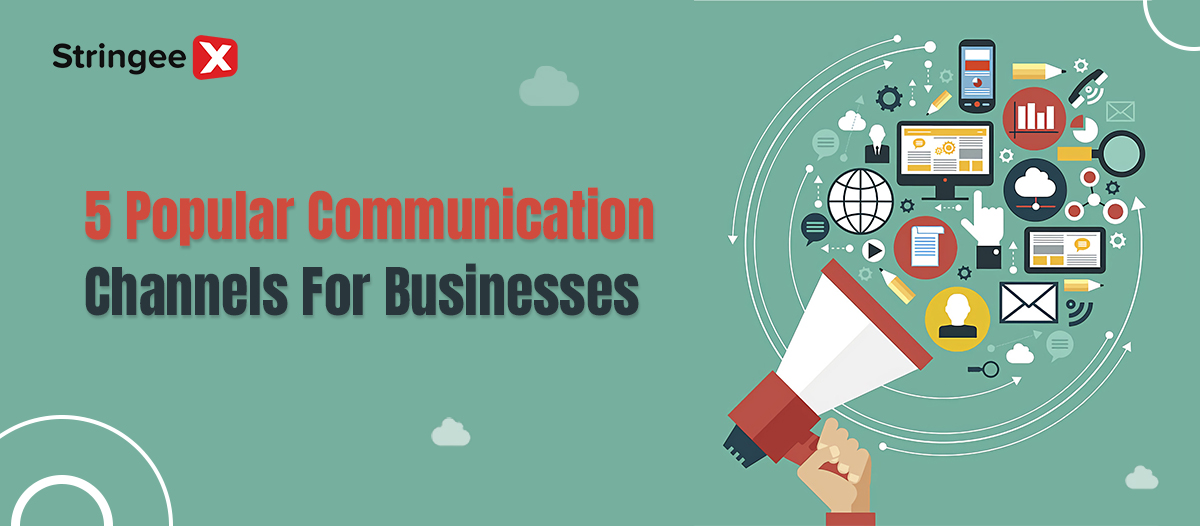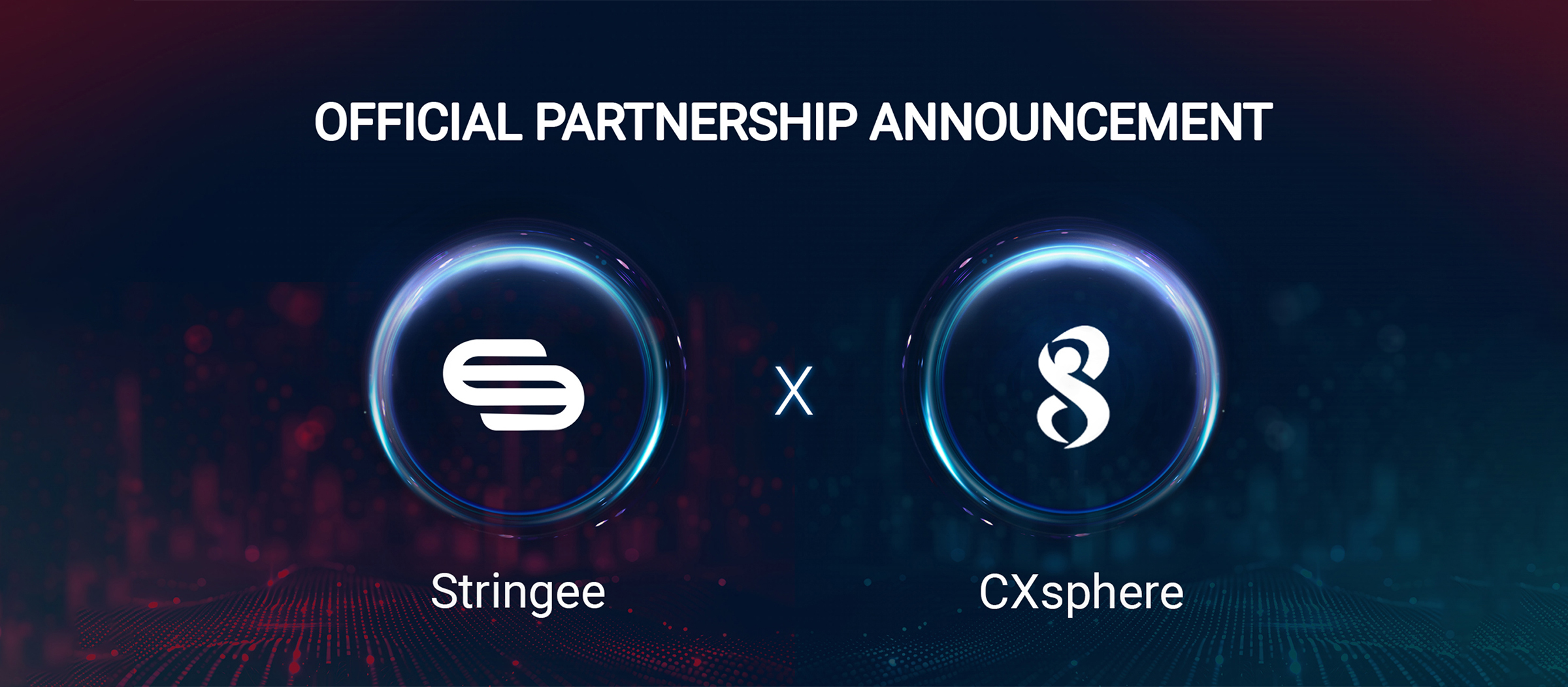The way we communicate is also essential to how we operate. The most recent technological developments have also given us access to more communication channels than ever before, both for internal team communications and external customer communications.
We'll discuss some of the most popular business communication methods today,
What Are Communication Channels?
Information sharing with others can be done through a communication channel. It concerns how information moves, whether it does so internally or between a business and its clients.
In the past, face-to-face communication was the only option.
Direct (face-to-face) and indirect communication are two categories that are frequently used to categorize communication channels. However, grouping communication channels into the following categories are more pertinent for business needs:
- Internal communication
- External communication
Types Of Communication Channels
There are various communication channels and their characteristics. The various channels of communication that can be used are as follows:
Written Communication
Written communication is the least urgent method of communication while simultaneously being the most formal. For notices, contracts, and other company-wide papers that may require a formal signing or presentation, the written form is actually more practical.
This type of channel can be used to communicate in a variety of methods, including memoranda, contracts, manuals, guidelines, reports, letters, direct mail, and faxes. Additionally, there is face-to-face communication, which is less formal and involves textual formats like board meetings and performance reports.
Digital Communication
Both official and informal communication channels can be employed with digital communication. Depending on the approach and the situation, they can range from having an urgent need for communication to none at all. It functions better as a conduit for internal communications, advertising, task management, and public messaging.
Verbal and non-verbal channels of communication are used in digital communication. They might include chatbots, press releases, live chats, email, blogs, social media, project management tools, and video conferencing software.
Mobile Communication
Another form of digital communication is through mobile channels, although they are only available through mobile devices. In addition to voice conversations, there are also text messages, messaging applications, SMS text messages, and video calls using mobile apps. These forms offer rapid answer alternatives but are less formal than formal.
5 Popular Communication Channels For Business

Face-to-face Communication
Face-to-face interactions with coworkers and clients were the norm until virtual meetings became the new hot thing. Even if it seems outdated by today's standards, it continues to play a crucial part in the workplace.
The reason is simple and clear: We communicate primarily nonverbally. In addition to speaking, we also convey information through our posture, body language, and facial emotions. Therefore, speaking with someone in person is still the best way to get your point through.
But there is a drawback. No matter where you meet, in-person communication is far more expensive. Just think about the cost of the commute and the meeting space.
Additionally, face-to-face communication has a huge impact. It should be used for important decisions, such as closing a high-value sale or C-level meetings.
SMS Messages
Before the popularity of texting apps, the majority of us utilized SMS. Since SMS is less popular these days, you might assume that it is no longer a viable form of communication. And you would be wholly mistaken.
Businesses might benefit from the characteristics of sending an SMS because text messages are fairly important in daily life. Depending on your position and the nature of your industry, SMS messages may be a dependable approach to keep your clients informed.
They can be used as a follow-up tool or as a way to send appointment reminders in the future. They offer a more subdued method of internal and external corporate communication and are less intrusive.
SMS is much more suitable for communicating externally. It's too cumbersome and pricey for internal use in the modern world.
Emails
In the modern office, email is not only one of the most popular modes of communication, but it's also one of the simplest. Additionally, email systems frequently interact seamlessly with other programs and tools, including as platforms for video conferencing and task management, enabling you to schedule events and tasks directly in your email.
Phone calls
Calls are a productive form of internal and external company communication. Phone calls are crucial and are not anticipated to go out of style very soon, just like emails. It provides one of the quickest ways to receive a reaction because it is an immediate, straightforward, and nonetheless powerful channel that few can equal.
Be aware that in addition to conventional methods, there are apps for making phone calls through the internet. There are cloud phone options that can be used as a way to interact outside of your company while also taking client communication into account. Numerous functionalities that could not be available with the conventional calling phone system are made possible by the cloud calling solution.
The phone calling solution for your company might offer capabilities like call recording, configurable phone numbers, and other services that can enhance client satisfaction. They are practical for urgent formal communications as a primary means of communication.
You may need to spend money on a contact center solution if you want to use phone calls as a channel. While enabling use of these enhanced functions, cloud solutions can be a more affordable and accessible choice for such centers.
Video conferencing
Video conferencing is a great technique to simulate face-to-face communication if your team is entirely remote or includes remote workers as a part of a hybrid team. This will boost meeting participation and encourage collaboration. Beyond only distant meetings, there are occasions when you might prefer a video conference over a simple phone conversation with a client to put a face to the voice.
And since the pandemic's start, these kinds of technologies have become standard and unavoidable for the majority of organizations. Video calls make it simple for remote team members to join by just opening a new tab on their computers, which speeds up screen sharing and cuts down on travel time.
Due to the removal of the barrier of distance, it has developed into an efficient communication channel while dealing with full-time remote working settings. For this reason, there are numerous types of video conferencing software and choices accessible. They are compatible with desktop and mobile devices.
StringeeX Video Contact Center can help increase relationships between businesses and customers via high-quality video calling from anywhere. Contact us to learn more about the 15-day free trial.
>>> Read more: What Is a Video Conference? And Its Benefits for Businesses
For other areas, like banking, law, healthcare, and others that demand face-to-face communication, video conferencing is more appropriate. When creating business plans or holding meetings virtually, it is effective on the internal side.
Final Thoughts
There is no one-size-fit-all communication channel for businesses. Depending on your target market and business objectives. Depending on your use case, each of the channels described in this list has benefits and cons and might be fantastic (or terrible) for communicating with your staff or consumers.










